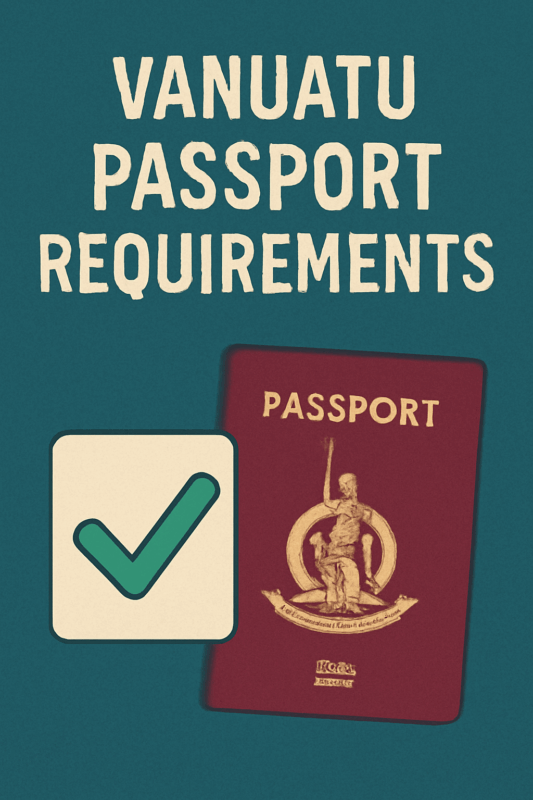
Weddings are sacred milestones — the blending of two lives, two families, and in Jewish tradition, two souls under the chuppah. Every element of the celebration carries deep meaning, from the breaking of the glass to the seven blessings recited with love. But there’s one often-overlooked detail that’s quietly becoming one of the most powerful symbols of this day: the yarmulke. In recent years, wedding yarmulkes have transformed from routine religious accessories into elegant, customized keepsakes that carry the emotional weight of the occasion long after the last dance.
The tradition of wearing a yarmulke during Jewish ceremonies reflects humility and respect in the presence of God. At a wedding, this symbolism deepens — the guests wear yarmulkes not only in reverence, but as a unified gesture of support for the couple’s spiritual union. But what once were plain velvet or satin caps have evolved into personalized expressions of style, love, and memory. Couples now choose colors that match their wedding palette, embroider names and dates into the lining, and select premium materials that feel luxurious and lasting.

What makes these yarmulkes so meaningful is their dual role. On one hand, they fulfill a sacred tradition. On the other, they act as tangible mementos — small, intimate items guests take home as a reminder of a meaningful celebration. It’s not uncommon for guests to wear a wedding yarmulke years later, at another Jewish occasion, recalling the joy of that wedding day with a quiet smile.
This modern approach to Judaica speaks to a broader movement within Jewish communities. People are seeking ritual objects that reflect both their heritage and their personalities. Items once selected out of necessity are now chosen with thought and creativity. Yarmulkes are joining this wave — designed not only to meet halachic expectations, but to celebrate individuality and connection.
The options for customization are vast. Some couples prefer a minimalist suede yarmulke with embossed initials. Others go for bold fabrics with intricate embroidery or even thematic designs that tie into the location of the wedding or family heritage. Whether formal, playful, or traditional, the goal is always the same: to make the item feel personal and meaningful to everyone involved.

These touches are made more accessible thanks to online resources specializing in curated judaica products, where couples can browse and order elegant, handcrafted yarmulkes alongside other ceremonial pieces. In this way, they’re not just ordering accessories — they’re investing in meaningful details that elevate their wedding experience.
Offering yarmulkes at a Jewish wedding also ensures inclusivity. Some guests may not wear them daily or even be familiar with the tradition, but providing them invites everyone to participate respectfully and feel part of something larger. It becomes a unifying gesture — and for many guests, receiving a personalized yarmulke is an unexpected and cherished gift.
In a world full of fleeting digital moments, these physical keepsakes stand out. A soft, well-made yarmulke tucked into a drawer becomes a quiet reminder of sacred vows and shared joy. It reappears at holidays, synagogue visits, and family milestones, carrying with it the memory of one of life’s most beautiful days.
So as you plan a Jewish wedding — whether traditional, modern, or somewhere in between — remember that some of the most meaningful details are the smallest. A beautifully crafted wedding yarmulke isn’t just a ritual garment; it’s a piece of your love story, woven into fabric and shared with every guest. When thoughtfully chosen, it becomes a quiet but lasting symbol of faith, unity, and forever.



















































